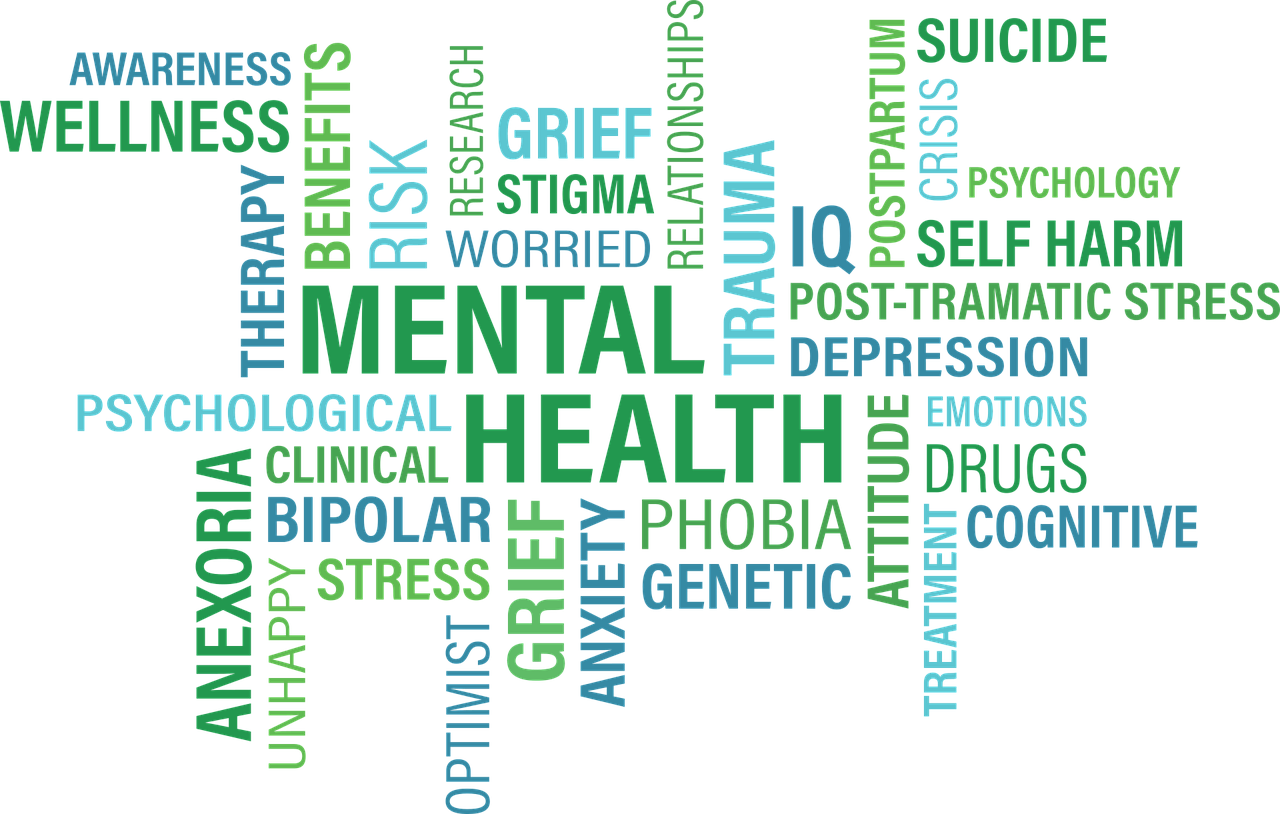In my blog post A Parent’s Suggestions for Improving the Division of Youth Services, I outlined several areas DYS needs to improve upon. The fourth area is mental health and substance abuse services, which I believe can be improved in the following ways:
- Hire additional therapists and certified addiction counselors
- Offer more individual therapy and family therapy
- Focus less on group therapies which are not effective
- Offer twelve-step programs like Alcoholics Anonymous and Narcotics Anonymous for drug and alcohol abuse
The most glaring take-away from our family’s two-year involvement with DYS is that kids who are committed to DYS are not getting the help they need. DYS reports that the three-year recidivism rate for youths released from their custody is 55.2%. A January 2019 performance audit of DYS reporting revealed, however, that this statistic should be much higher. The statistic is inaccurately low because DYS failed to include adult Denver County Court convictions, crimes included under the Victim Rights Act, and all crimes committed within three years of release. As a parent who has seen youth after youth released from DYS only to return a short time later, I don’t need to look at the grim recidivism rates to know that the mental health and substance abuse services DYS provides are inadequate. I have to look no farther than to my own daughter, who was released from DYS last month, and like many others, has regrettably relapsed, returning once again to an unhealthy lifestyle on the streets of Denver.
When the majority of incarcerated kids have mental health and substance abuse issues, there needs to be a more intensive focus on mental health and substance abuse treatment. One of the reasons the services that are in place are not effective is because there simply aren’t enough mental health and substance abuse counselors at each facility. Because of their caseloads, the therapists meet with each child once a week or less. When Mallory was at the Platte Valley Youth Services Center, she was the last youth her therapist saw every week, and if her therapist happened to leave early on a Friday, Mallory wouldn’t have a therapy session that week. If her therapist had to meet with her during the week for any other reason, such as a monthly “staffing” or a behavior level review board, her therapist would not meet with her for therapy that week either. DYS therapists can’t be expected to make a difference if they are spread too thin to do their jobs.
Very few of the therapists actually have Certified Addictions Counselor (CAC) or Licensed Addictions Counselor (LAC) credentials. With the number of incarcerated youth struggling with drug and alcohol addictions, combined with the abundance of drugs in the facilities, this should be a requirement for therapists. Youths do not receive individual drug and alcohol counseling in the facilities unless their individual therapist is a CAC, or there is funding for an outside contractor. Most DYS facilities don’t even offer a twelve-step program like Narcotics Anonymous or Alcoholics Anonymous, which many addicts attribute to their sobriety. The drug and alcohol counseling youths in DYS usually receive is in a group setting (not based on a step program), which Mallory says the kids don’t take seriously and is not particularly helpful.
DYS facilities rely heavily on group therapy sessions, but in our family’s experience, most of the progress that is made happens in individual therapy, individual drug and alcohol counseling, and family therapy which can be tailored to each child’s situation. Unfortunately, these sessions are too infrequent to be truly helpful.
The program that helped Mallory the most was the intensive 21-day program at the staff secure Excelsior Youth Center (which is now closed) during which she had individual therapy, family therapy, and individual drug and alcohol counseling three days a week each. Incarcerated kids are a captive audience for up to two years. This should be plenty of time for DYS to make a difference in their lives. Many DYS employees will tell you that a child has to want to change, and I agree with that to some extent. However, isn’t the whole point of Cognitive Behavioral Therapy (CBT) to help them change their distorted thought patterns and, ultimately, their behaviors?
If DYS would provide the level of mental health and substance abuse services kids need, they might be able to start reporting (accurately) lower recidivism rates while ensuring a brighter future for the kids they “serve.”
Up Next: Improving DYS: Educational Opportunities
